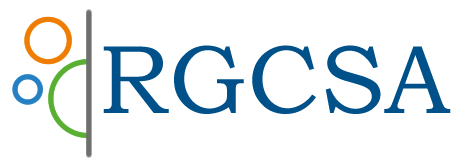Almost everything we do depends on our ability to remember the past. This experiment sought to contribute quantitative data exploring two issues concerning memory. Miller (1956) theorised that an average person can hold 7 chunks of information in STM. This experiment confirms that 7 is also the average when a distracter test pushes the learnt words into LTM.
This research also examines the possibility that the relationship between two planetary symbols, Neptune and Mercury, can indicate differences in ability to recall. The experimental hypothesis predicts impaired ability for those with a Mercury Neptune aspect in their horoscopes. However, the results showed the reverse to be the case, with the Mercury Neptune group achieving a mean average score of 8.27 compared to the other group`s score of 6.66 out of 20. The work of Westran (2001) provides an interesting reference, since he too produced results of significance when examining a correlation between Mercury Neptune aspects and police detectives.
It is therefore proposed that use of the astrological model of the universe could provide cognitive psychology with a new worldview from which to develop different perspectives for research.
